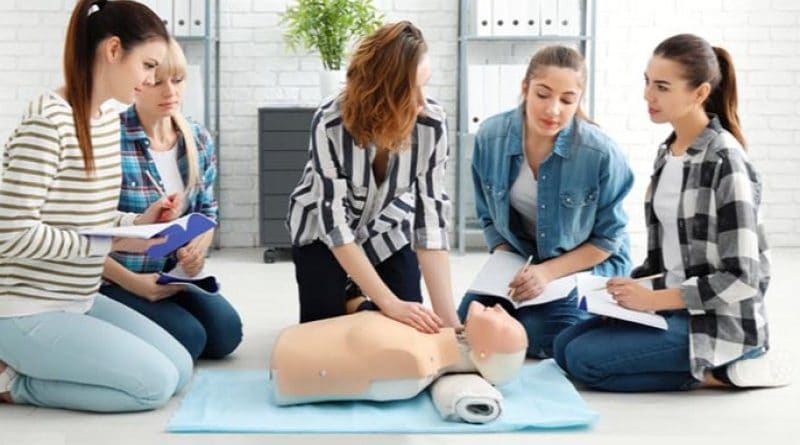Did you know that CPR for adults is done differently than for children? Children, infants, and adults need different types of CPR since they have unique body structures. It is important for you to know the differences when carrying out CPR to avoid causing harm. Most of these skills are acquired through CPR certification classes online. Here are some of the common differences that you need to know.
CPR for adults
Adults can suffer from chokings, drowning, and other common problems. However, most adults suffer from cardiac arrest. Here is a guideline that you will learn from online CPR certification about what you are supposed to do when carrying out CPR on an adult.
- The first thing that you need to is to call 911 before you begin carrying out the CPR if you are the only person. Unless you are very sure that the person is unconscious due to a blocked airway, you should make sure that you have called 911 before providing CPR. If there is someone nearby, they should make the call as you carry out the CPR.
- Make sure you check for a pulse. It is very easy for you to check out for a pulse on the patient by placing your two fingers on the neck.
- Compression- For adults, you are supposed to carry out the compressions with both hands on the chest of the victim. The depth of the compression should be about two inches.
Child CPR
The bones of a child are usually flexible and therefore they cannot break easily. The tongue of a child is usually larger than the mouth and the airway is narrow. Due to their nature, children are also more likely to receive CPR since they play around with more objects. The CPR techniques that are used on children who are about 8 years old are the same as the ones for adults. Here are the other common differences.
- Carry out CPR first- The first thing that you need to do on the child is to carry out the appropriate CPR practices before calling 911. The chances of survival among the children are usually higher when CPR is carried out in time. If there are people around, someone else should make the phone call as you carry out the CPR.
- Rescue Breaths- The airways of a child are fragile than those of adults. Therefore, you must be very careful when you are carrying out the rescue breaths and avoid tilting the head so far. Tilting the head further can easily block the airway. Just tilt the head gently and give them rescue breaths.
CPR on Infants
Infants are usually fragile than children and therefore you can carry out CPR in a careful way. The guidelines are usually the same except the following.
- See if the baby is unconscious- The first thing that you need to do is to check whether the baby is unconscious before carrying out the CPR. You should check the baby by touching them gently and not shaking them
- Rescue Breaths- carry out rescue breaths on the child
With the best online CPR course, you can easily rescue your beloved ones. Join the American Health Care Academy today to be prepared for any emergency. It is all about taking the time to get the right skills.









